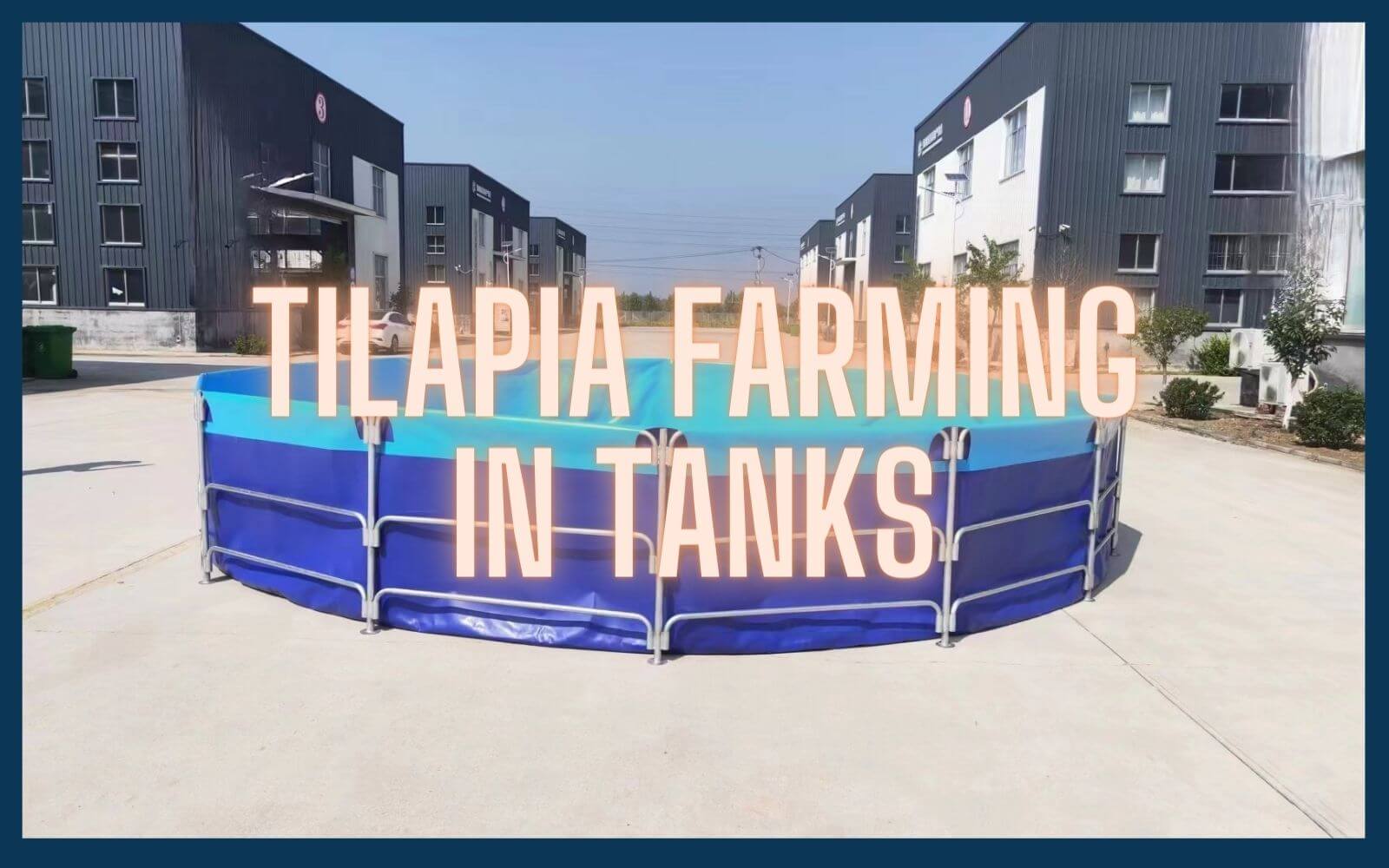Tilapia farming in tanks has gained popularity as an efficient and sustainable method for producing this highly sought-after fish.
Folding tanks, also known as collapsible tanks, have emerged as a practical solution for tilapia farming due to their flexibility, easy setup, and space optimization.
In this article, we will provide a comprehensive guide on how to effectively utilize folding tanks for tilapia farming, maximizing productivity and ensuring optimal fish health.
When choosing a folding tank for tilapia farming, consider the following factors:
- Size and Capacity: Determine the appropriate tank size based on the number of tilapia you intend to raise. Ensure sufficient space for the fish to swim and grow comfortably.
- Material and Durability: Opt for high-quality materials that are resistant to punctures, UV degradation, and chemical exposure. This ensures the longevity and reliability of the tank.
- Portability and Ease of Setup: Look for folding tanks that are lightweight and easy to transport. Quick and hassle-free assembly is essential for convenience and efficient farm management.
- Location: Choose a suitable location that provides access to a reliable water source, adequate sunlight, and protection from extreme weather conditions.
- Level Ground: Ensure the ground is leveled to prevent uneven weight distribution and potential damage to the tank.
- Water Quality: Monitor and maintain optimal water quality parameters, including temperature, pH levels, dissolved oxygen, and ammonia levels. Regular water testing and appropriate filtration systems are vital for a healthy tilapia farming environment.
- Aeration and Circulation: Install aeration systems to promote oxygenation and water circulation, ensuring the fish receive sufficient oxygen and preventing stagnant water conditions.
- Filtration and Waste Management: Implement effective filtration systems to remove waste and maintain water clarity. Proper waste management prevents the accumulation of toxins and keeps the tank environment clean.
- Balanced Diet: Provide a nutritionally balanced diet for your tilapia, considering their growth stage and nutritional requirements. Pelletized feed specifically formulated for tilapia is readily available and promotes healthy growth.
- Feeding Schedule: Establish a regular feeding schedule to ensure consistent nutrient intake. Monitor feed consumption and adjust quantities as needed to prevent overfeeding and wastage.
- Heating and Cooling: Maintain an appropriate water temperature range for tilapia farming, typically between 25-30°C. Depending on the climate, heating or cooling systems may be necessary to regulate water temperature.
- Shade and Shelter: Provide shading structures or covers to protect the tank from excessive sunlight, as prolonged exposure to direct sunlight can lead to overheating and algae growth.
- Regular Observation: Monitor the behavior, growth, and overall health of the tilapia regularly. Observe for any signs of disease, stress, or strange behavior and take prompt action if needed.
- Biosecurity Measures: Implement strict biosecurity protocols to prevent the introduction and spread of diseases. Quarantine new fish before introducing them to the main tank and maintain strict hygiene practices.
Folding tanks offer a practical and efficient solution for tilapia farming, allowing for flexible setup, space optimization, and ease of management.
By selecting the right tank, ensuring proper setup and water management, providing balanced nutrition, controlling water temperature, and implementing effective monitoring and disease prevention strategies, tilapia farmers can maximize productivity, optimize fish health, and achieve sustainable and profitable tilapia farming operations.
With careful planning and attention to detail, tilapia farming in folding tanks can be a rewarding endeavor for aquaculture enthusiasts and commercial farmers alike.








